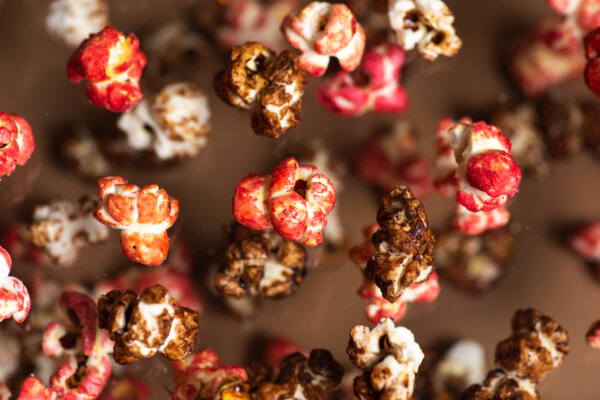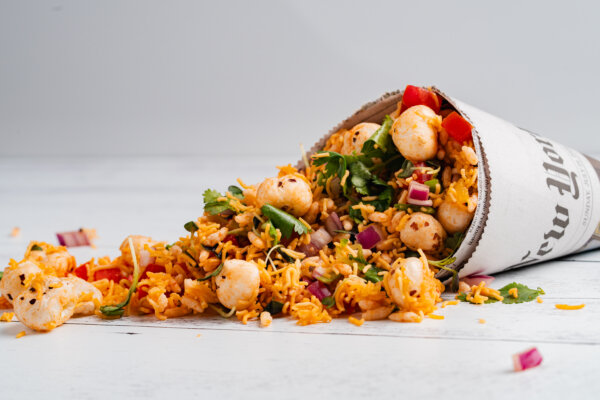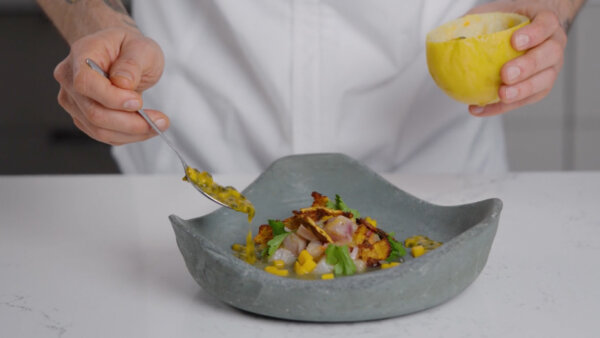
We use sensory science to navigate the intricacies of human interaction with food. While taste is certainly a key factor in delighting your customers, texture, aroma, and appearance all play a role. Sensory science research provides insight beyond general “likes” or “dislikes” — it puts the product on the stage to speak for itself, articulating its defining characteristics and nuances as perceived by the most sensitive palates.
Sensory Analysis of Food
What we call “the voice of the product” allows us to examine the subtleties among products and pinpoint the sensory attributes that may drive consumer preferences. This information, gathered through objective-informed sensory analysis, is crucial in creating unique solutions that provide value for our partners while satisfying consumers’ tastes.
Defining a Product’s Sensory Attributes
Humans are excellent measuring instruments — they are the only tool that can truly measure and interpret a product’s sensory characteristics. Griffith’s sensory science teams rely on highly-trained (and inherently skilled) panelists to not just detect things like taste, smell, and texture, but to also describe them with precision — from aromatics to intensities. This deep dive gives us a complete product profile that we can use as parameters when comparing and contrasting the product against iterations of itself or against others within its space.
Comparing Differences Between Products
Analytical sensory science can determine if there are any statistical, significant differences found between products. Known as discrimination testing, the ability for panelists to identify slight variations between products is extremely valuable in food research and development. Comparisons can reveal:
- How a change in the production process or in the raw materials affects a product’s profile
- Issues with quality control
- The shelf life of a product
- How a product stacks up against a competitor
Identify Whitespace within a Product Category
Sensory mapping, also called projective mapping, is an exploratory process in which a set of products within a market category are grouped based on similarities and differences in things like flavor, texture, or appearance. The results appear on a visual map that is used to identify whitespace, understand a product category, and target opportunities. Griffith has developed a proprietary process that combines sensory mapping with consumer insights. Overlaying consumer feedback onto a category sensory map helps Griffith identify whitespace opportunities through a more refined lens — exposing the ones with the most potential for successfully filling gaps in the marketplace.
Sensory Science — Letting Products “Speak” for Themselves
Sensory analysis methods give us consistent, reliable, and reproducible results, thereby reducing uncertainty and risk in decision making, ensuring cost-efficient product development, and rapid marketplace delivery. Taking a scientific approach and elevating the “voice of the product” to the forefront of our processes allows our teams to deliver a product portfolio of seasonings, coatings, and sauces that meet consumers’ evolving desires and expectations in the food space.
For more about our unique solutions — or the research behind their development — please reach out to your Griffith representative or contact our team.



